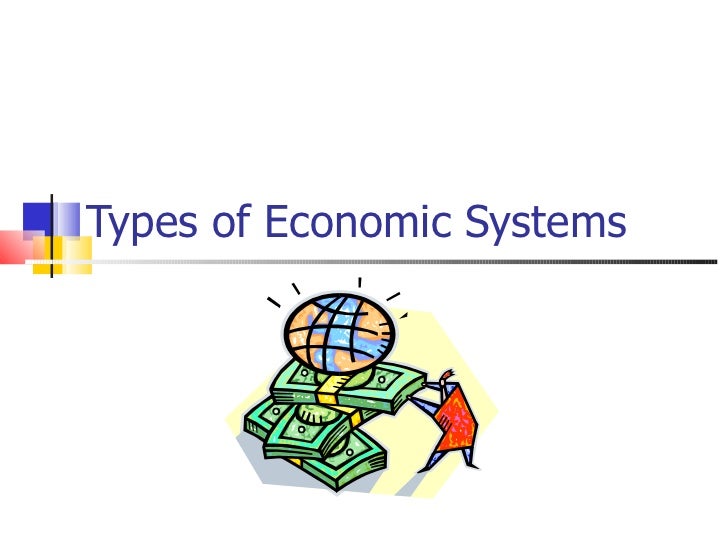- Key Players: Adam Smith, John B. Say, David Ricardo, Alfred Marshall
- Supply creates its own demand (whatever output is produced will be demanded
- Savings are leakages
- Investments are injections
- Aggregate Supply determines output
- "Invisible Hand" - Where market functions by itself, no government intervention (laissez-faire)
- Savings increase with the interest rate
- Aggregate Supply = Aggregate Demand at full employment equilibrium
- In the long-run, the economy will balance at full employment
- The economy is always close to or at full employment
- "Trickle-Down Effect" - Help the rich first, and the poor will benefit later. Much later.
- Prices and wages are flexible downward
Keynesian
- Savers do not equal investors
- Key Player: John Maynard Keynes
- Competition is flawed, Aggregate Demand is key, not Aggregate Supply
- Aggregate Demand determines output, demand creates its own supply
- Savers and investors save and invest for different reasons
- Savings are inverse to interest rates
- Leaks cause constant recessions
- Savings cause recessions
- Ratchet effects and stick wages block Say's Law
- Prices and wages are inflexible downward
- There is no mechanism capable of guaranteeing full employment
- In the long run, we're dead
- Economy is not close to or at full employment
- Some government intervention is needed
- Stabilizers
- Use expansionary/contractionary policy
- Fiscal policy
- Key Players: Alan Greenspan, Ben Bernanke
- Fine-tuning is needed
- Congress can't time the policy options
- Voters won't allow contractionary options
- Uses tight money and easy money
- Change required reserves if needed
- Buy and sell bonds on the open market
- Change interest rates for discount rate and federal fund rate

No comments:
Post a Comment